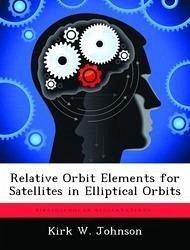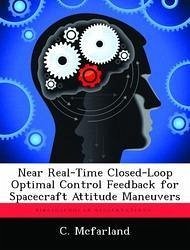Nicht lieferbar

Optimal Control Strategies for Constrained Relative Orbits
Versandkostenfrei!
Nicht lieferbar
The US Air Force's ability to protect space assets is enhanced by a proficiency in satellite proximity operations and Space Situational Awareness (SSA). In pursuit of that proficiency, this research develops a key capability of interest to mission planners; the ability of a deputy satellite to "hover" within a defined volume fixed in the vicinity of a chief satellite for an extended period of time. Previous research has developed initial methodologies for maintaining restricted teardrop hover orbits that exist in a plane fixed within the chief's local reference frame. These methods use the nat...
The US Air Force's ability to protect space assets is enhanced by a proficiency in satellite proximity operations and Space Situational Awareness (SSA). In pursuit of that proficiency, this research develops a key capability of interest to mission planners; the ability of a deputy satellite to "hover" within a defined volume fixed in the vicinity of a chief satellite for an extended period of time. Previous research has developed initial methodologies for maintaining restricted teardrop hover orbits that exist in a plane fixed within the chief's local reference frame. These methods use the natural drift of the deputy satellite in the relative frame and impulsive thrust to keep the deputy in a bounded volume relative to the chief, but do not address fuel-optimality. This research extends and enhances that work by finding optimal trajectories, produced with discrete-thrusts, that minimize fuel spent per unit time and stay within the user-defined volume, thus providing a practical hover capability in the vicinity of the chief.








